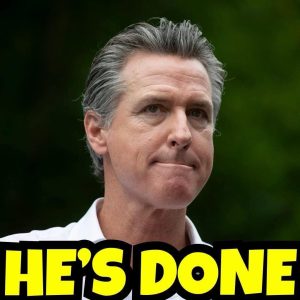President Trump announced a sweeping escalation in his trade policy, unveiling new “reciprocal” tariffs as high as 60–70% on countries that have not secured trade deals with the U.S. Starting July 5, letters will be sent to 10–12 countries daily, with full implementation expected by July 9. The tariffs, which begin collecting on August 1, significantly exceed the 10% baseline set in Trump’s April “Liberation Day” announcement.
Countries with unresolved trade deficits—such as Japan and the European Union—are likely targets. The EU could face tariffs of up to 50%, largely in response to its proposed digital tax on U.S. tech firms. Previously announced top tariffs included 49% on Cambodia and 48% on Laos.
Tentative deals have been reached with China, the UK, and Vietnam, reducing or modifying tariffs in exchange for market concessions. Canada and Mexico remain mostly protected under the USMCA, though select goods face new 25% tariffs tied to fentanyl and immigration concerns.
While Trump touts the plan as a financial windfall, critics warn of rising consumer costs and global trade tensions.




